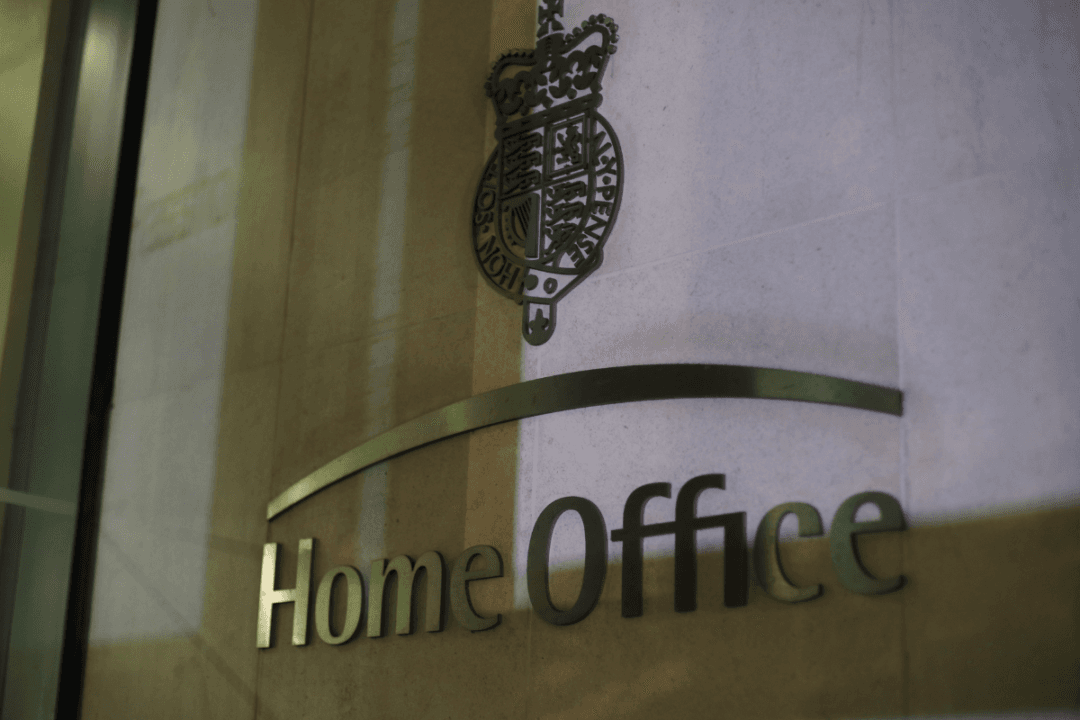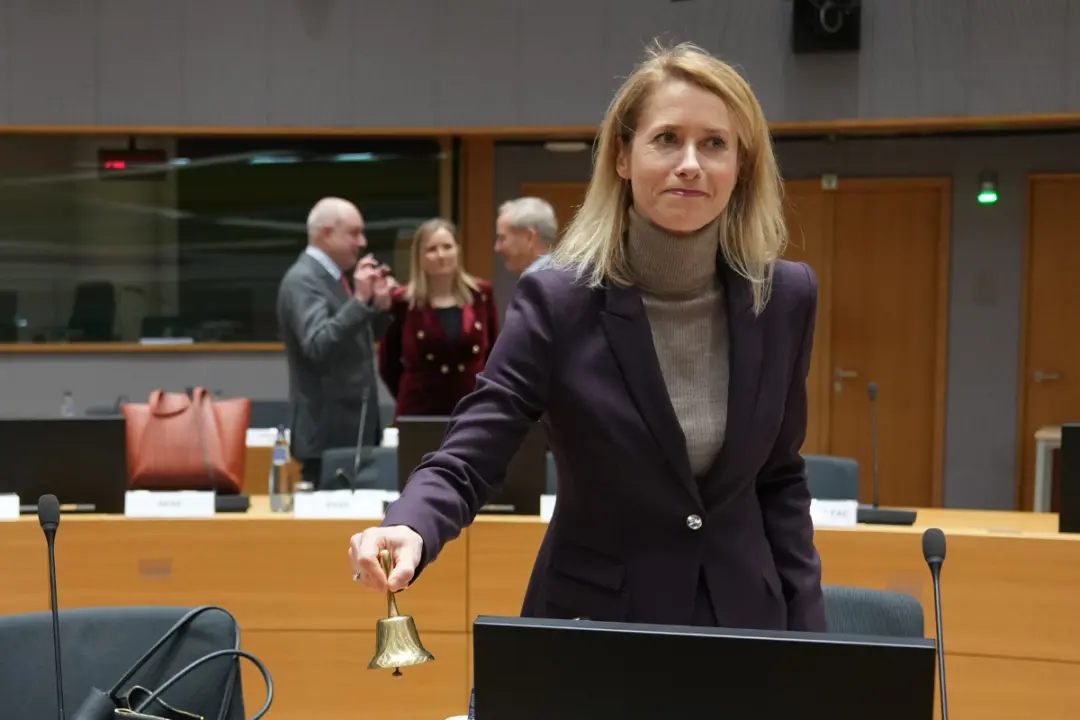The number of potential victims of modern slavery received by the National Referral Mechanism (NRM) has reached record levels, according to Home Office statistics.
Figures published on Thursday showed that 4,758 people were referred to the Home Office between July and September, a 15 percent increase on the same period last year and the highest quarterly figure recorded since the NRM began in 2009.





